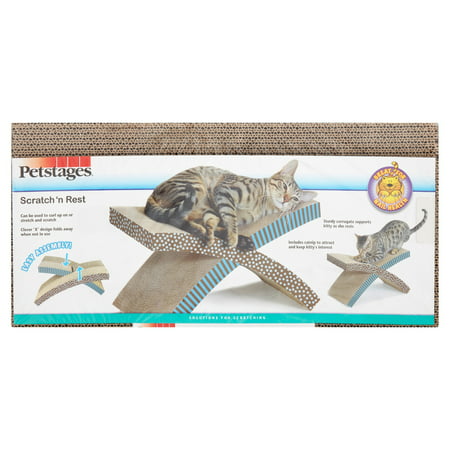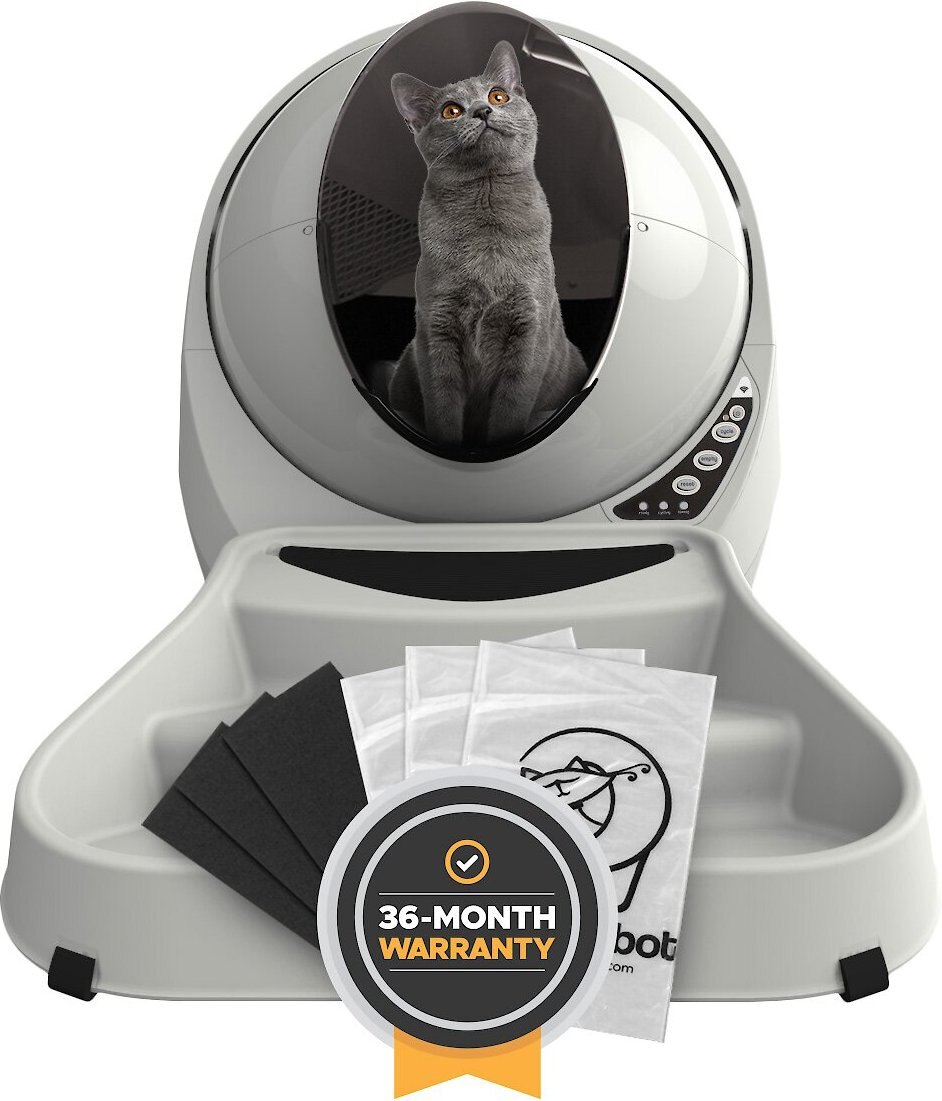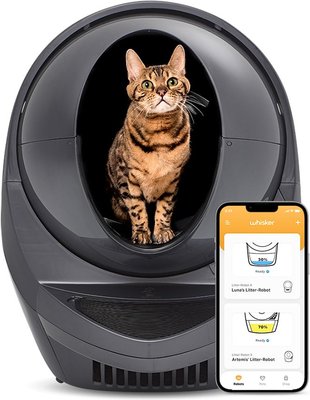Nulo Freestyle Shredded Chicken & Duck, Shredded Beef & Rainbow Trout, Shredded Turkey & Halibut Grain-Free Variety Pack Canned Cat Food, 3-oz, case of 12
The combination of meats in these diets provides your kitty with a broad spectrum of amino acids and flavors to fuel her strong muscles and lean bodies.
Give your furry friend an array of flavors with Nulo Freestyle Shredded Chicken & Duck, Shredded Beef & Rainbow Trout, Shredded Turkey & Halibut Grain-Free Variety Pack Canned Cat Food. The combination of meats in these diets provides your kitty with a broad spectrum of amino acids and flavors to fuel her strong muscles and lean bodies. They are is rich in protein and feature savory gravy for hydration. They also contain no grains, carrageenan, meat by-products, corn, wheat, soy or artificial preservatives, colors or flavoring for a meal you can trust serving to your paw-tner. Nulo Freestyle Shredded Chicken & Duck, Shredded Beef & Rainbow Trout, Shredded Turkey & Halibut Grain-Free Variety Pack Canned Cat Food is as delicious as it is nutritious for your companion.
Key Benefits
- Variety pack featuring a combination of meats with a broad spectrum of amino acids.
- Each can is rich in protein and features savory gravy for hydration.
- Grain-free diets with no grains, carrageenan, meat by-products, corn, wheat or soy.
- Contains no artificial preservatives, colors or flavoring for a meal you can trust.
- Variety of textures increase the palatability for your furry friend.
Additional information
| Ingredients | Chicken & Duck: Chicken, Chicken Broth, Duck Broth, Chicken Liver, Dried Egg Whites, Duck, Dried Ground Peas, Spinach, Natural Flavor, Guar Gum, Ground Flaxseed, Sodium Phosphate, Salt, Potassium Chloride, Choline Chloride, Taurine, Cranberries, Pumpkin, Blueberries, Flaxseed Oil, Dried Kelp, Yucca Schidigera Extract, Inulin, Iron Proteinate, Zinc Proteinate, Vitamin E Supplement, Thiamine Mononitrate, Copper Proteinate, Manganese Proteinate, Sodium Selenite, Niacin Supplement, D-calcium Pantothenate, Pyridoxine Hydrochloride, Riboflavin Supplement, Vitamin A Supplement, Biotin, Potassium Iodide, Vitamin D3 Supplement, Vitamin B12 Supplement, Folic Acid. Beef & Trout: Beef, Beef Broth, Herring Broth, Beef Liver, Dried Egg Whites, Rainbow Trout, Dried Ground Peas, Spinach, Natural Flavor, Guar Gum, Chicken Fat, Ground Flaxseed, Sodium Phosphate, Salt, Calcium Carbonate, Potassium Chloride, Choline Chloride, Taurine, Cranberries, Pumpkin, Blueberries, Dried Kelp, Yucca Schidigera Extract, Inulin, Iron Proteinate, Zinc Proteinate, Thiamine Mononitrate, Vitamin E Supplement, Copper Proteinate, Manganese Proteinate, Sodium Selenite, Niacin Supplement, D-calcium Pantothenate, Pyridoxine Hydrochloride, Riboflavin Supplement, Vitamin A Supplement, Biotin, Potassium Iodide, Vitamin D3 Supplement, Vitamin B12 Supplement, Folic Acid. Turkey & Halibut: Turkey, Turkey Broth, Salmon Broth, Turkey Liver, Dried Egg Whites, Halibut, Dried Ground Peas, Spinach, Natural Flavor, Guar Gum, Ground Flaxseed, Sodium Phosphate, Salt, Potassium Chloride, Choline Chloride, Taurine, Cranberries, Pumpkin, Blueberries, Dried Kelp, Yucca Schidigera Extract, Inulin, Iron Proteinate, Zinc Proteinate, Thiamine Mononitrate, Vitamin E Supplement, Copper Proteinate, Manganese Proteinate, Sodium Selenite, Niacin Supplement, D-calcium Pantothenate, Pyridoxine Hydrochloride, Riboflavin Supplement, Vitamin A Supplement, Biotin, Potassium Iodide, Vitamin D3 Supplement, Vitamin B12 Supplement, Folic Acid. |
|---|---|
| Caloric Content | Chicken & Duck: (ME calculated) 894 kcal/kg or 76 kcal/can Beef & Trout: (ME calculated) 874 kcal/kg or 74 kcal/can Turkey & Halibut: (ME calculated) 912 kcal/kg or 78 kcal/can |






by Pat
My finicky cat loved these flavors and textures. He will not eat loaf/pate.
by Jazz
Our kitty liked all the flavors except for the beef and trout. He would not eat that combo. Otherwise he loves the others.
by Mitz
Finally a food that my picky kitties love! Thank you!
by Bootsy
Cat licks the sauce off of the minced food. Its great food, but in his old age with CKD I just open several cans and blend it with a little water.
by Harleys
We’ve been trying to find alternatives to pate since our boy isn’t a fan of the texture, unless he’s really hungry. The one brand’s pouches were too wet for his liking. These are perfect. He’s scarfed down every flavor and even licked the bowl clean. Guess we’re buying this more often.